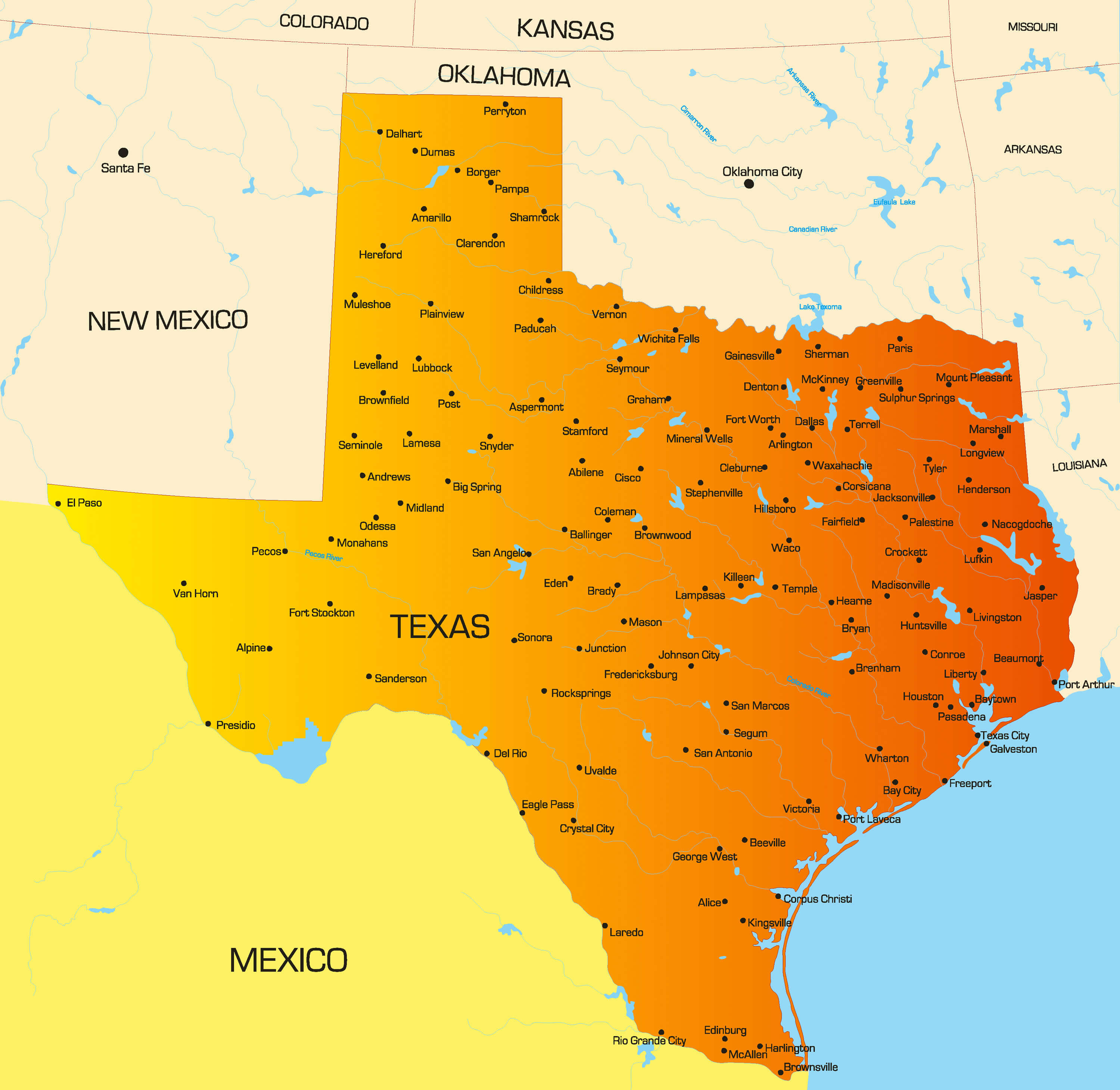The hijacking of the MV Maersk Alabama by Somali pirates in 2009 is one of the most infamous maritime piracy incidents in recent history. At the helm of the ship was Captain Richard Phillips, a seasoned mariner with over 30 years of experience. The ordeal, which lasted for five days, was a testament to Phillips’ bravery, cunning, and determination to protect his crew. In this article, we will delve into the details of the hijacking, the subsequent rescue, and the lessons learned from this traumatic event.
Piracy in the Gulf of Aden: A Growing Concern
The Gulf of Aden, a critical shipping lane that connects Europe to Asia, had become a hotbed of piracy in the late 2000s. Somali pirates, often armed with AK-47s and rocket-propelled grenades, would hijack ships and hold them for ransom. The pirates’ tactics were ruthless, and their demands were often met by ship owners eager to avoid bloodshed. The international community was slow to respond to the crisis, leaving ships like the MV Maersk Alabama vulnerable to attack.
The lack of effective international coordination and the absence of a unified naval presence in the region created an environment in which piracy could thrive.
The Hijacking
On April 8, 2009, the MV Maersk Alabama, a container ship owned by the Danish shipping company Maersk Line, set sail from Salalah, Oman, bound for Mombasa, Kenya. The ship had a crew of 21, all of whom were American citizens. As the ship navigated through the Gulf of Aden, it was approached by two skiffs, each carrying four Somali pirates. The pirates, armed and masked, boarded the ship, taking control of the bridge and holding Captain Phillips and his crew hostage.
A Desperate Gambit
In a bold move, Captain Phillips attempted to reason with the pirates, offering them $30,000 in cash and a promise to negotiate a ransom. However, the pirates were not interested in negotiations and instead demanded that the ship be sailed to the Somali coast. Phillips, aware of the risks, deliberately grounded the ship, hoping to prevent the pirates from reaching their destination.
Phillips' Plan:
- Ground the ship to prevent it from reaching the Somali coast
- Offer the pirates a ransom to release the crew
- Attempt to escape and regain control of the ship
The Rescue
As the standoff continued, the USS Bainbridge, a U.S. Navy destroyer, arrived on the scene, followed by the USS Halyburton, a guided-missile destroyer. The Navy SEALs, who had been dispatched to the area, began to negotiate with the pirates, hoping to secure the release of Captain Phillips and his crew. On April 12, 2009, after a tense standoff, the SEALs launched a daring rescue, killing three of the pirates and capturing the fourth. Captain Phillips was rescued, and the crew of the MV Maersk Alabama was finally safe.
Lessons Learned
The hijacking of the MV Maersk Alabama highlighted the need for increased international cooperation to combat piracy. The incident also underscored the importance of effective communication, negotiation, and crisis management in preventing and responding to piracy incidents. The bravery and cunning displayed by Captain Phillips and his crew have become legendary, serving as a testament to the human spirit’s capacity for resilience and determination in the face of adversity.
International Cooperation to Combat Piracy:
- Pros:
- Increased security presence in high-risk areas
- Improved intelligence sharing and coordination
- Reduced incidence of piracy
- Cons:
- High costs associated with deploying naval assets
- Potential for conflicting national interests
- Risk of escalation and unintended consequences
Conclusion
The hijacking of the MV Maersk Alabama was a traumatic event that highlighted the risks and challenges faced by merchant mariners and the international community in combating piracy. The bravery and determination displayed by Captain Richard Phillips and his crew serve as a testament to the human spirit’s capacity for resilience and determination in the face of adversity. As the world continues to grapple with the complexities of maritime piracy, the lessons learned from this incident will remain essential in preventing and responding to future attacks.
What were the main factors that contributed to the hijacking of the MV Maersk Alabama?
+The main factors that contributed to the hijacking of the MV Maersk Alabama were the lack of effective international coordination, the absence of a unified naval presence in the region, and the ship’s navigation through a high-risk area without adequate security measures.
What were the key lessons learned from the hijacking of the MV Maersk Alabama?
+The key lessons learned from the hijacking of the MV Maersk Alabama were the importance of effective communication, negotiation, and crisis management in preventing and responding to piracy incidents, as well as the need for increased international cooperation to combat piracy.



